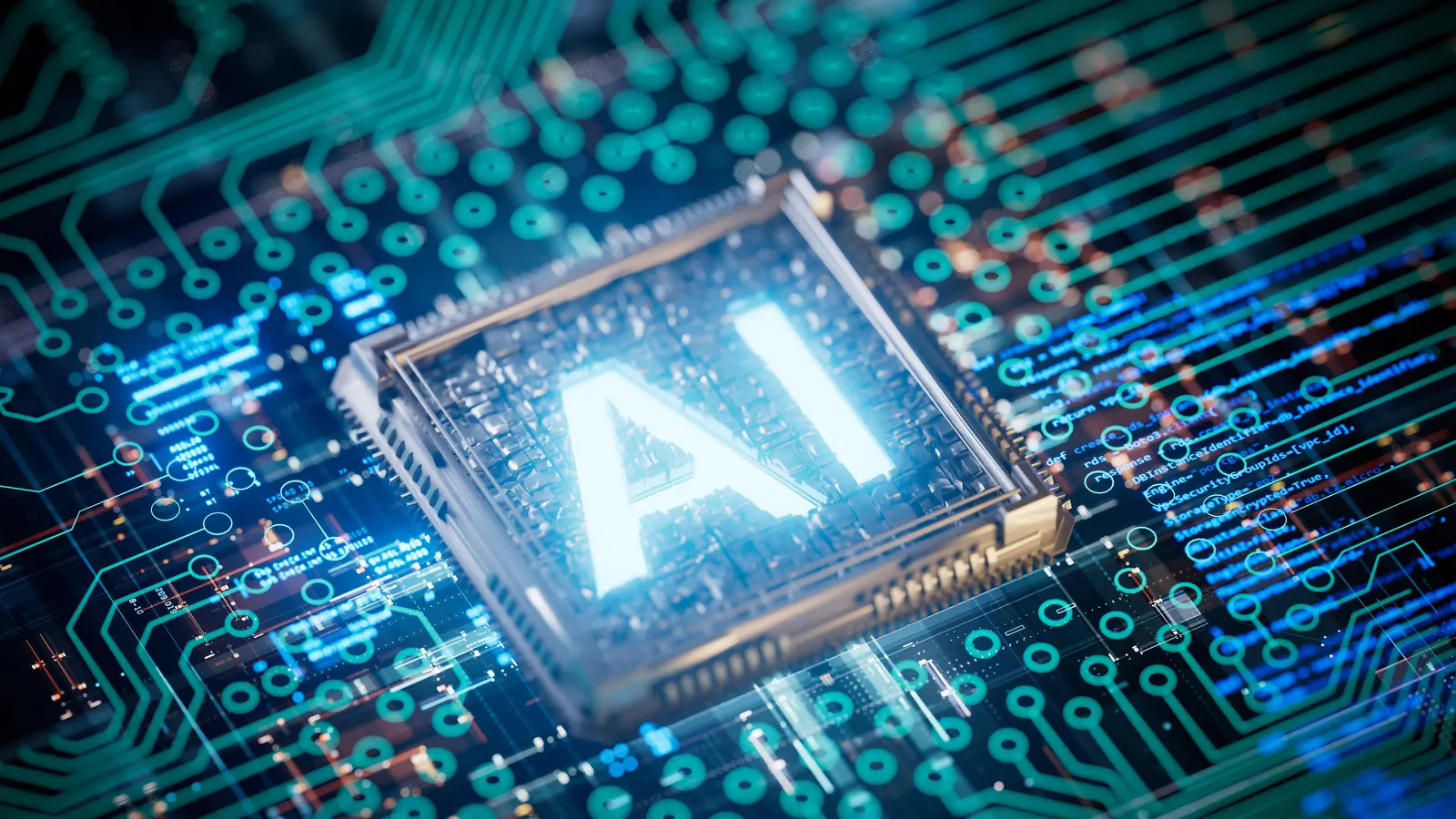
Date published
09 Dec 2024
Key highlights:
-
Data centers currently consume 1-2% of overall power worldwide, but due to the growth of AI, data center power consumption is predicted to hit 3-4% in the next six years or so.
-
AI inference is a key step to enable AI models to expand to new roles and new use cases across multiple industries. This increases the pressure on the computational requirement of AI data centers.
-
Precision Liquid Cooling reduces data center energy consumption by up to 40% and is a sustainable solution to help power AI data center scalability.
There’s no doubt about it, the development of AI applications continues to grow at pace. More companies across multiple industries are beginning to use AI to improve decision making, enhance customer engagement and increase business efficiencies. But right now, data center capacity that houses these workloads is at a premium, and the pressure put on data centers is only set to increase by 2030.
So, with data centers being pushed to the limit and AI data center demand at an all-time high, how can we effectively manage the energy output and environmental impact as AI capabilities continue to scale? Let’s take a look.
Inference is taking AI capabilities to the next level
To get the most out of AI, it’s key to understand the importance of inference. AI inference is a phase in the AI model lifecycle that comes after the AI training phase.
The training phase usually involves a process of trial and error. Or a process of showing the model examples of the desired inputs and outputs. Or perhaps both. It basically involves presenting large, curated data sets to the model. The model then learns about them, with the idea of teaching the model to do a task.
AI inference follows this. Once the AI model has been trained to recognize patterns and analyze data, it can then predict or infer what comes next. Take the example of large language models – the model can infer what word comes next and produce sentences and paragraphs with fluidity and accuracy.
Why does AI inference matter?
AI inference is a hugely crucial step for AI to reach its full capabilities. It’s effectively how an AI model analyses and generates insights on brand new data. It gives AI the ability to make predictions and solve tasks in real time. And without this, AI will struggle to expand to new roles and new use cases across different industries.
The AI and data centers conundrum
An AI data center must be equipped with a huge amount of computing resources designed for AI workloads. This usually consists of high-performance servers, storage systems, networking infrastructure, CPUs, GPUs, specialized hardware accelerators and more. They’re required to manage massive data processing and use advanced techniques to develop and execute AI applications at scale.
As AI data center demand and scale grows, so does the energy required to power them. According to data from Goldman Sachs, data center power demand will grow 160% by 2030.
Currently, AI data centers consume 1-2% of overall power worldwide, but AI data center power consumption is predicted to hit 3-4% in the next six years or so. The knock-on effect of this is that carbon dioxide emissions of data centers may more than double between 2022 and 2030.
Scaling AI applications and capabilities clearly brings new opportunities across multiple industries, but AI data center demand will put huge pressures on the environment. Alongside this, there isn’t necessarily the power available in many metro data center locations around the world, such as Ireland and the US. This is a huge issue affecting the potential growth of AI data centers.
What’s the scalable solution?
Not to scale isn’t an option. AI is the technology that will drive global industries forward in the next decades, whether aviation, manufacturing, medical or space exploration.
Tackling the AI data center conundrum must be the approach, and opting for Precision Liquid Cooling is a crucial step in the process.
This significant advancement in data center cooling technology works when data centers are being pushed to the extreme by the likes of AI and ML. Not only does it reduce data center energy consumption by 40% but it also helps to boost total system performance by 7%.
Crucially, Precision Liquid Cooling also simplifies maintenance and increases the density of data centers. This in turn enables scalability and lowers the total cost of ownership for data center providers of all sizes.
Discover more about our Precision Liquid Cooling solutions for AI data centers.
